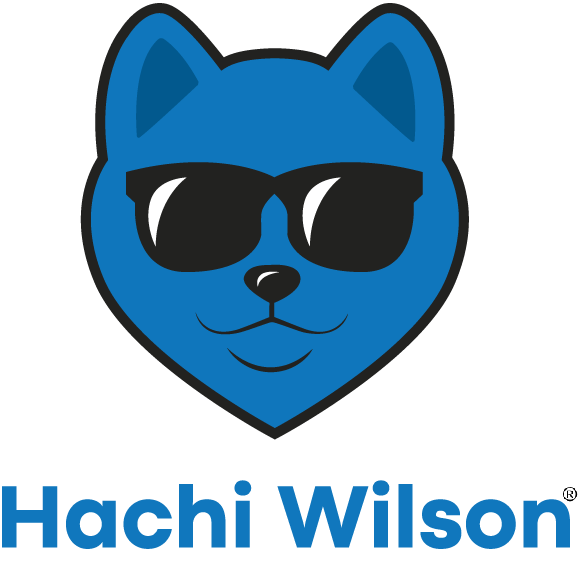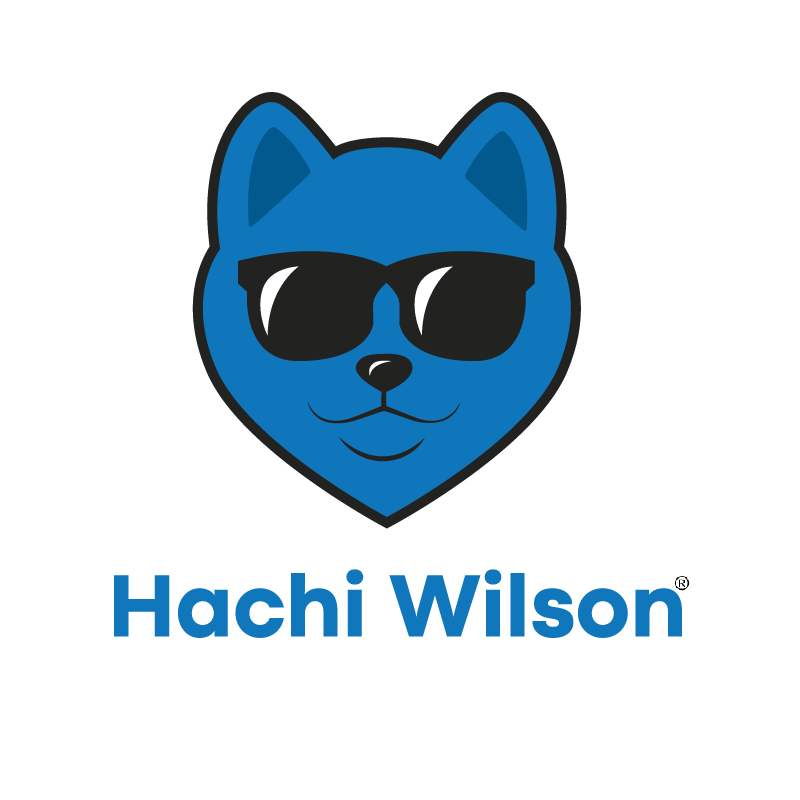“Dogs are not our whole life, but they make our lives whole.” — Roger Caras
Have you ever noticed your dog acting differently when the summer heat kicks in? Maybe they’re less excited about mealtimes or seem a bit sluggish during walks. Just like humans adjust their routines in the warmer months, your furry friend needs some seasonal changes too — especially when it comes to feeding. Feeding Schedule for Summer: A Guide to Adjusting Your Dog’s isn’t just a helpful tip; it’s essential to keeping your dog happy, healthy, and hydrated when temperatures soar.
In this guide, we’ll walk you through everything you need to know about adjusting your dog’s feeding schedule for the summer months — from timing and portion size to the best foods and hydration tips. Whether you live in sunny California, humid Florida, or even cooler parts of Europe, these tips can make a world of difference.
Understanding the Importance of a Summer Feeding Schedule
The Feeding Schedule for Summer: A Guide to Adjusting Your Dog’s starts with understanding why adjustments are necessary. In hotter weather, dogs expend less energy and their appetite may decrease. If we continue feeding them the same amount or the same way as in winter, it could lead to digestive issues, dehydration, or even obesity.
Just as you might crave lighter meals during a heatwave, your dog benefits from lighter, more frequent feedings.
How Heat Impacts Your Dog’s Appetite and Digestion
Summer heat doesn’t just make your dog pant more—it affects their entire metabolism. Digestive processes slow down, and eating large meals can make dogs feel sluggish. Some dogs might skip meals entirely if it’s too hot, which can cause nutritional gaps if not managed carefully.
Signs Your Dog’s Feeding Schedule Needs a Summer Update
Not sure if you need to make a change? Look for these signs:
- Skipping meals
- Eating less than usual
- Drinking more water
- Lethargy after meals
- Mild gastrointestinal upset
Best Times to Feed Your Dog During Summer
Timing matters. The coolest parts of the day — early morning and late evening — are the best times for feeding.
Summer Feeding Tips:
- Morning Meal: Feed before 8 a.m., when it’s still cool.
- Evening Meal: Offer dinner after 7 p.m., once the heat of the day has passed.
By avoiding mid-day meals, you help your dog eat more comfortably and digest better.
How to Adjust Portion Sizes for Summer
Because dogs often burn fewer calories in summer, they may not need as much food. Reducing portion sizes slightly can prevent unwanted weight gain.
- Small breeds: Reduce by 10%
- Medium breeds: Reduce by 10–15%
- Large breeds: Reduce by 15–20%
Always monitor your dog’s weight and energy levels and adjust accordingly.
The Best Foods to Include in a Summer Diet
Light, fresh foods are better in summer. Think of it as a seasonal menu upgrade for your pup.
Top Summer Foods for Dogs:
- Lean proteins like chicken and turkey
- Water-rich vegetables like cucumber and zucchini
- Dog-safe fruits like watermelon (no seeds!) and blueberries
- Yogurt or kefir for gut health
Avoid fatty, heavy foods that take longer to digest.
Hydration: The Hidden Hero of Summer Feeding
Hydration isn’t just about a water bowl. Integrating moisture-rich foods and offering cool, clean water throughout the day is key.
Pro Tips:
- Add a splash of water or bone broth to dry kibble
- Freeze dog-safe treats in ice cube trays
- Place multiple water stations around the house and yard
Homemade Meals vs. Commercial Dog Food in Summer
Some pet parents prefer making light, homemade meals during summer, while others stick to trusted brands. Both can work, but fresh, minimally processed foods can help keep your dog cool and energized.
Homemade Summer Dog Meal Example:
- Cooked lean chicken
- Steamed green beans
- Cooked quinoa
- A teaspoon of coconut oil
If you’re using commercial food, opt for formulas labeled “light” or “weight control.”
Special Considerations for Puppies, Seniors, and Sick Dogs
Puppies, older dogs, and those with health issues need extra attention.
For Puppies: They need more frequent meals, even in summer, but watch for heat sensitivity.
For Senior Dogs: They may have a slower metabolism; lighter meals spaced out during cooler hours work best.
For Sick Dogs: Always consult your vet before making big changes.
Dealing with a Dog Who Refuses to Eat in the Heat
If your dog turns up their nose at food, don’t panic.
What to Do:
- Offer smaller, more frequent meals
- Slightly warm the food to release aroma
- Try different textures (wet food may be more appealing)
- Make mealtimes quiet and relaxed
If they skip more than two meals in a row, check with your vet.
Travel and Feeding: Keeping Your Dog’s Routine on the Go
Summer often means road trips or vacations. Sticking to your dog’s summer feeding schedule during travel is important for minimizing stress.
Travel Feeding Tips:
- Bring your dog’s regular food
- Maintain the same meal times
- Keep meals light before travel to avoid motion sickness
FAQs: Feeding Schedule for Summer: A Guide to Adjusting Your Dog’s
What is the best feeding schedule for dogs during summer?
Feed early in the morning and late in the evening when it’s cooler. Adjust portion sizes if needed and always ensure plenty of fresh water.
What is the best feeding schedule for dogs during summer?
Feed early in the morning and late in the evening when it’s cooler. Adjust portion sizes if needed and always ensure plenty of fresh water.
What is the best feeding schedule for dogs during summer?
Feed early in the morning and late in the evening when it’s cooler. Adjust portion sizes if needed and always ensure plenty of fresh water.
Should I change my dog’s food for summer?
Not necessarily, but you might add moisture-rich foods like cucumber or watermelon and reduce heavy, fatty foods.
How can I encourage my dog to eat during hot weather?
Offer lighter, smaller meals, stick to cool times of the day, and keep the feeding area calm and shady.
How much water should my dog drink daily in summer?
Generally, dogs need about 1 ounce of water per pound of body weight per day, but they may need more in hot weather.
Can I give my dog ice cubes in summer?
Yes! Ice cubes made with dog-safe ingredients like broth can be a fun way to keep your dog cool and hydrated.
Conclusion: Keeping Your Dog Cool, Happy, and Healthy
Summer should be a season of fun and adventure for both you and your dog. By following a smart, flexible Feeding Schedule for Summer: A Guide to Adjusting Your Dog’s, you can make sure your pet stays energized, healthy, and comfortable no matter how high the temperatures climb.
Remember, every dog is different. Watch their behavior closely and adjust as needed. With a few simple changes, your furry friend can enjoy all the sunshine, splashy puddles, and lazy afternoons right by your side — just the way summer should be.
You May Also Like




